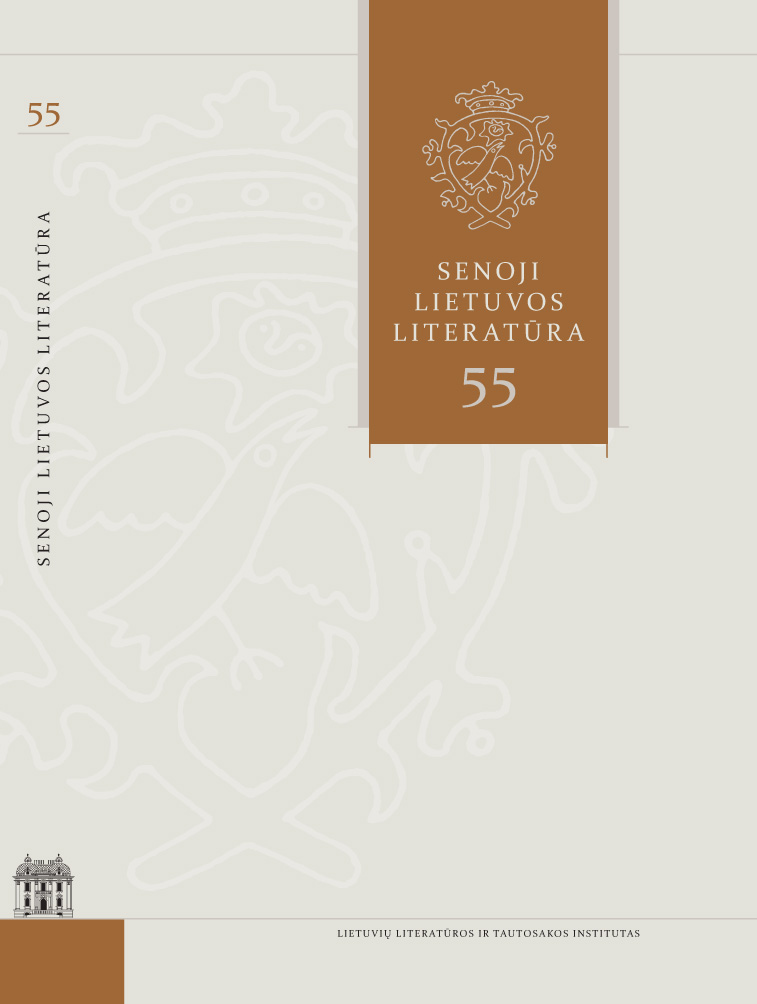The Egyptian Pharaoh Khufu (Cheops) as the Historical Basis of the Legendary Sovii in the Old Church Slavonic Jewish Chronograph
Abstract
The Myth of Sovii, narrated in the Old Church Slavonic Chronograph of 1262 (recently dated to ca. 1362) is sandwiched between translations from the Greek (John Malalas’ Chronography, commentaries to the 16 Sermons of Gregory the Theologian by Nicetas of Heraclea). This presupposes the idea of a translated nature of the Myth of Sovii, but the immediate source of this translation remains unknown. Alternative interpretations regard this Myth as an unprecedentedly early written record of a piece of Lithuanian folklore or as an East Slavic compilation of translated texts; in both cases the phenomenon is typologically unparalleled.
As I previously showed, similar myths about the origins of paganism and its customs (including that of cremations of human remains) can be found in tenth- thirteenth-century Arabic sources, which describe the origins of the Sabians of Harran (in northern Mesopotamia) from their legendary ancestor named Sab or Sabi, who might have been the prototype of Sovii in the Old Church Slavonic Chronograph. The Sabians of Harran are reported to be somehow related to Egypt and the pyramids there.
Scholars explained the name of Sovii as derived from the South Arabic theonym Sabis, from Lithuanian words saulė ‘sun’, šova ‘tree hollow’, savas ‘own’, or as a result of a deformation of the original text with no personal name. The present article demonstrates that Arabic texts present one of the Egyptian pyramids as the tomb of Sabi, the legendary ancestor of the Sabians of Harran, because it was the tomb of a real historical person – Pharaoh Khufu, also known as Cheops (~ twenty-sixth century BC).
The name of Khufu is variously transcribed into the Greek script. A chronological overview of Greek transcriptions makes it possible to associate this name both with the name of Saurid (Sūrīd), the legendary pyramid builder of Arabic sources (explaining it by an intermediate form of the Coptic language) and with the legendary Sovii of the Cyrillic Chronograph.
The Myth of Sovii must have been created because after the wide spread of Christian monotheism in Egypt (the third century AD), the pyramids were perceived as the most prominent monument of pagan culture, and Pharaoh Khufu, the actual creator of the most famous pyramid, became the legendary ancestor of universal paganism.

This work is licensed under a Creative Commons Attribution 4.0 International License.
Most read articles by the same author(s)
- Sergejus Temčinas, Linguistic Metamorphoses of the Kievan Caves Paterikon , Senoji Lietuvos literatūra: Vol. 56 (2023): Senoji Lietuvos literatūra
- Sergejus Temčinas, Martyrius, a Hieromonk of the Kievan Caves Monastery (the Fifteenth Century): Clarifying the Scope of His Works , Senoji Lietuvos literatūra: Vol. 56 (2023): Senoji Lietuvos literatūra
- Sergejus Temčinas, Ruthenian Translation of the Czech Book Lucidář (1563) According to the Ukrainian Manuscript Copy of the Mid-Seventeenth Century (prepared by Sergey Temchin) , Senoji Lietuvos literatūra: Vol. 55 (2023): Senoji Lietuvos literatūra
- Sergejus Temčinas, The 1546 Vilnius Synod of the Eastern Orthodox Church and the Narrative of Szymon Budny on the Conflict between Monk Arsenii of Suprasl and his Archimandrite Sergii Kimbar , Senoji Lietuvos literatūra: Vol. 39 (2015): Senoji Lietuvos literatūra
